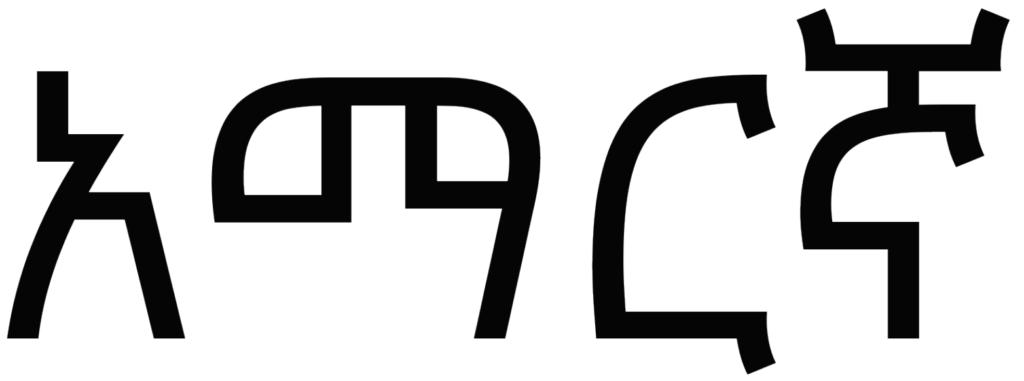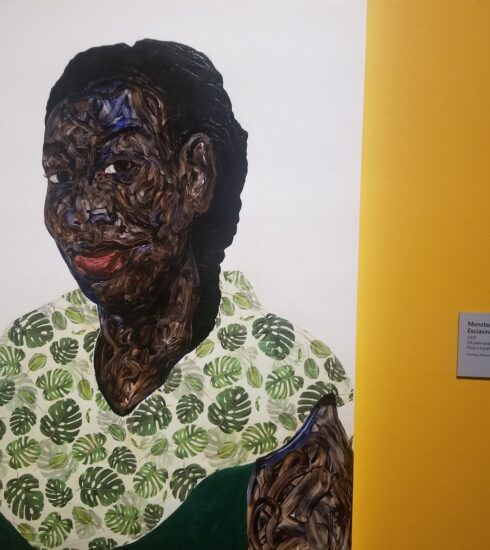Every language is complete on its own. All languages help their users to fully express themselves, interact with others and communicate daily. They can represent the social and political; historical and religious; traditional and cultural, etc. constructs of their respective speakers. In this regard, all languages are equal and complete. However, when we consider the linguistic features, the scientific/technological advancement, the semantic, syntactic, and phonological richness, etc. of the languages, some languages can be richer, more advanced, and more complex than others.

English language for example, has amassed so many words and semantics from the rest of the world’s languages. It has been a language of politics (as British used to be the colonizer of many parts of the world), and it has also been used as a language of international trade/business and education. For these reasons, English has proven itself as the most advanced, the most complex and the most widely used language of all other world languages.
English: A Crazy Language?
Yet, English is often referred to as the crazy language by most, including the native speakers because it is full of exceptions and contradicting rules. Above all, it is phonologically so limited. Sounds are made from the single and/or combined use of only the 26 alphabet letters. As a result, there are so many sounds that are foreign to English speakers.
Amharic, a major Ethiopian language, in contrast, has most of (if not all of) the possible sounds that we humans can make. It has only 34 base letters and each one of them has six variants (seven including themselves) which will make the total number of the alphabet letters 238. Each of these 238 letters are distinct and complete sound units or phonemes. In English there are only 44 phonemes or sounds.
Compare how Amharic is richer and English is so limited! This limitation makes learning other/foreign languages difficult for the (English) native speakers. For Amharic speakers, however, no sound or pronunciation will be difficult to produce, except the English “th” pronounced in two different ways as /ð/ and /θ/. Even these sounds are so close to our “ዘ” and “ዝ”.
That means, Amharic is easier than other languages (it’s not to generalize but I am writing this article by having the other languages I learned at school – English and French, as reference), and conversely Amharic speakers are advantageous for learning other/foreign languages. Because Amharic is a phonemic language, pronunciation and spelling are not problematic. Learners or users can read what they see written and can write as exactly as they hear or say. Spelling and pronunciation in English and most other languages (for instance in English and French – the languages I know) are too complex and unpredictable!
Capitalization is another language feature which is irrelevant in Amharic. So, for people who find the Amharic alphabet letters as too many, let them add the upper case and lower-case English letters. They are 52 English letters. Using them appropriately is another hurdle for learners of English.
Critically speaking, shapes of the letters have nothing to do with the meaning creation or semantic process in the words they are used. It rather is just a form which adds to the complication of the language for users and learners.
Pluralization in English is another intricate feature. In Amharic, it is so straightforward. In English, it could be fine if it were only adding ‘-s’, ‘-es’ or ‘-ies’ to singular nouns but there is also another set of nouns collectively known as irregular nouns which are pluralized in a lot of different ways.
In Amharic, you add “-ዎች/-woch/och”, “-ች/-ch/och”, or “-ያን/ናን/-ian/nan” depending on the type of the ending sound of the noun and by making a modification to the final letter/sound.
Amharic the Semitic Language
Amharic is a Semitic language written from left to right, unlike its sister Semitic languages – Arabic, and Hebrew which are written right to left. Its history as a written language goes back as far as the 14th century or earlier. Since then, it has accumulated rich written knowledge and literature.
Its writing system is so unique to itself. Only a few Ethiopian languages (Geez – probably its mother language, Tigrigna/Tigre, Guragigna, and other Ethiopian languages) share its alphabet or writing system.
Its speakers are mainly about 50/60% of Ethiopians (as both first and second language speakers) in Ethiopia and abroad. And the world hasn’t known much about this language with these and potentially other world class linguistic features – and above all learner-friendly features!
*You can contact Amlaku Eshetie via LinkedIn at amharicethiopiakhaabamlaku and Twitter @amlakube






